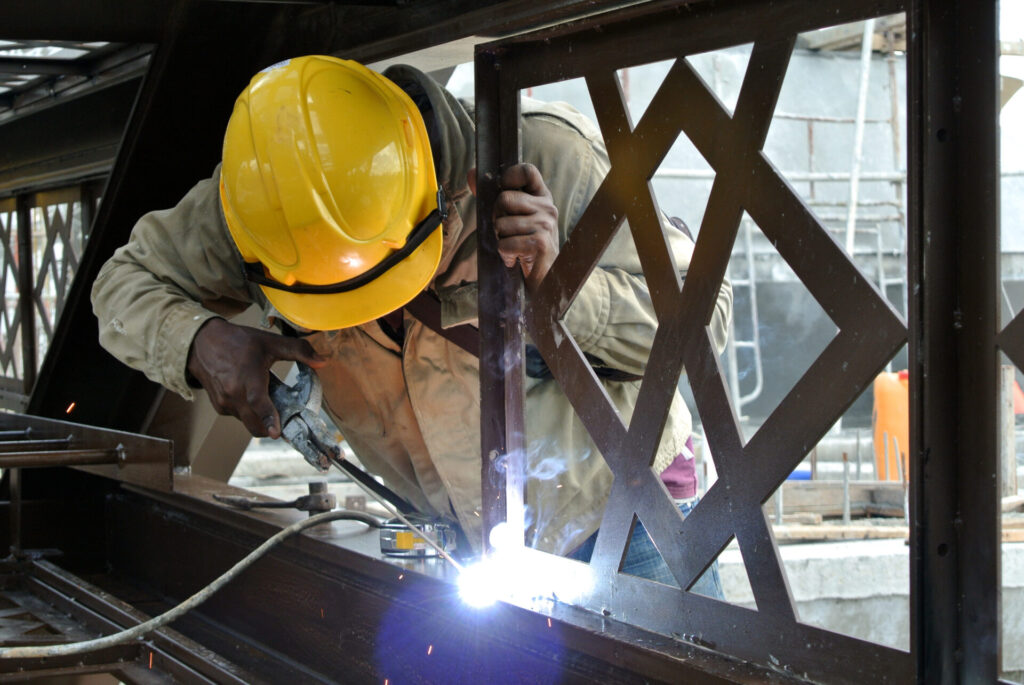Welcome to Millennium Specialty Alloys, your go-to source in Kelowna for all things related to metals and industrial plastics. Today, we’re diving deep into the world of tensile strength, a critical property in materials science that plays a pivotal role in various industries. This guide will help engineers, students, and curious individuals understand tensile strength and how it is used.
What Does Tensile Strength Mean?
Tensile strength, often referred to as ultimate tensile strength (UTS), is the maximum stress that a material can withstand while being stretched or pulled before necking, which is when the material’s cross-section starts to significantly contract. Tensile strength is a key indicator of a material’s ability to perform in an application that involves tension.
What is an Example?
A classic example of tensile strength can be seen in steel cables used in bridges. These cables must withstand enormous tension without breaking, demonstrating high tensile strength. In everyday life, the tensile strength of materials like aluminum sheets or steel tubing ensures the integrity and safety of structures and machinery.
What is the Tensile Strength of Steel?
The tensile strength of steel varies depending on its composition and treatment. For instance, mild steel typically has a tensile strength of around 400-550 MPa, while high-strength steels can exceed 1000 MPa. Millennium Specialty Alloys offers a range of steel products, including stainless steel sheets and steel tubes, each with unique tensile properties suitable for various applications.
Is Strength the Same as Stress?
While tensile strength is a form of stress, it specifically refers to the maximum stress a material can handle before failure. In contrast, yield strength vs tensile strength is a common comparison; yield strength is the stress at which a material begins to deform plastically, whereas tensile strength is the stress at which a material breaks.
What is the Maximum Strength of Steel in Tension?
The maximum tensile strength of steel depends on its type and treatment. For example, high tensile steel, used in construction and automotive industries, can have a tensile strength exceeding 1000 MPa. Millennium Specialty Alloys provides various steel forms, including angle iron and steel tubing, tailored to meet specific tensile requirements.
What is the Strength of Steel at Room Temperature?
At room temperature, the tensile strength of steel can range widely. Mild steel, for instance, has a tensile strength of about 400-550 MPa. The specific tensile strength can be influenced by factors like alloying elements and heat treatment.
What is the Tensile Strength of 2mm Mild Steel?
The tensile strength of 2mm mild steel typically falls within the range of 400-550 MPa. However, this can vary based on the specific composition and processing of the steel.
How Do You Measure the Strength of Steel?
The strength of steel is typically measured using tensile tests, where a sample is subjected to a controlled force until it fails. The stress at which it breaks is its tensile strength.
To calculate the tensile strength of steel beams:
1. Determine the cross-sectional area of the beam.
2. Apply a tensile force until the beam fails.
3. Record the maximum force applied at failure.
4. Calculate the tensile strength using the formula: Tensile Strength = Maximum Force / Cross-Sectional Area.
How Do You Increase the Strength of Steel?
Increasing the tensile strength of steel can be achieved through various methods, such as:
1. Alloying: Adding elements like carbon, manganese, or vanadium.
2. Heat Treatment: Processes like quenching and tempering.
3. Cold Working: Deforming the steel at room temperature.
What are the 3 Applications of Tensile Steel?
Tensile steel finds applications in:
1. Construction: For beams, columns, and frameworks.
2. Automotive: In car frames and safety components.
3. Aerospace: For aircraft structures and components.
How to Determine the Ultimate Strength of Mild Steel?
Determining the ultimate tensile strength of mild steel involves conducting a tensile test where a sample is subjected to a controlled tension until it fails. The maximum stress it withstands is its ultimate tensile strength.
What are the Characteristics of High Tensile Steel?
– High strength-to-weight ratio.
– Excellent yield strength.
– Good ductility and formability.
– Resistance to wear and fatigue.
What is the Difference Between Toughness and Strength in Tension?
Toughness refers to a material’s ability to absorb energy and deform plastically before fracturing, while tensile strength is the maximum stress a material can withstand while being stretched or pulled.
At Millennium Specialty Alloys, we pride ourselves on providing top-quality metals and plastics, including aluminum plates, aluminum sheets, and stainless steel sheets. Understanding the tensile properties of these materials is crucial for their effective application in various industries. Contact us for more information and to explore our extensive product range.



